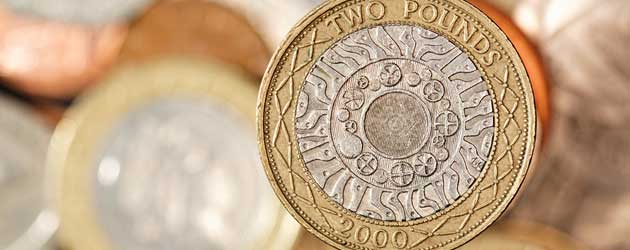
The Pound to New Zealand Dollar exchange rate jumped higher by 2.0 cents last night to 1.8272 in response to the Reserve Bank of New Zealand’s rate decision. Although the RBNZ kept interest rates on hold at 2.50%, as predicted, the accompanying Central Bank statement struck a dovish tone, which spooked investors into selling the ‘Kiwi’.
The RBNZ expressed concerns regarding the New Zealand Dollar’s recent strength, and the dampening effect it could have on the nation’s exports. Indeed, the ‘Kiwi’ Dollar has appreciated by around 34 cents against the Pound over the past two years, and its trade-weighted index has posted a similarly large gain of 11%.
Central Bank Governor Graeme Wheeler said:
“The overvalued New Zealand Dollar is undermining profitability in export and import competing industries, and worsening drought conditions are creating difficulty in much of the country”.
The New Zealand Dollar plummeted by -2.0 cents against the Pound (GBP/NZD) in reaction to this remark. NZD/USD lost out on -0.8 cents, NZD/EUR shrank by -0.7 cents, NZD/JPY shed -1.0 cent, NZD/AUD tanked by -0.8 cents, and declined by -0.95 cents.
The threat of an interest rate cut is particularly damaging to the New Zealand Dollar because of its position as a high-risk investment currency. The New Zealand economy is nowhere as big as that of say: America, China, Japan, Britain, or the Eurozone, but NZD is considered to be one of the major currencies because of its relatively high interest rates. The yield on assets denominated in ‘Kiwi’ Dollars (2.50%) is currently five times higher than those priced in Pounds (0.50%), and it is this higher yield that gives the NZD an edge on the currency market.
Yes the New Zealand economy is growing faster than the mess that is the UK economy at the moment, but there are far fewer places to put your money, far fewer opportunities for profit; ultimately yield is the key. So if the high interest rate is put in jeopardy, as it was last night, then the natural reaction from traders is to short NZD as they price-in the profitability of holding the currency when it has a slightly lower yield.
Mike Jones of the Bank of New Zealand said:
“The RBNZ has taken a swipe at the market’s pricing of hikes for this year. Not only is the bank trying to guide the market toward a later start to its hiking cycle, but there’s a thinly veiled threat in the statement about cutting rates”.
The Reserve Bank of New Zealand’s decision to hint at a rate cut was influenced by the growing concern that poor weather could impact the nation’s agricultural sector. The drought has hit areas such as Waikato and Taranaki, where the world’s biggest dairy exporters, the Fonterra Cooperative Group, are based. With New Zealand’s largest export drying up – excuse the pun – the RBNZ struck a more dovish tone than was expected in an effort to weaken the currency in order to claw back some competitiveness for New Zealand’s export industry.
In other news down under, the Australian Unemployment Rate held steady at 5.4%, amid calls for a slight uptick, as the Australian economy added a staggering 71,500 jobs in February, compared to forecasts of just 10,000. Subsequently, the Pound to Australian Dollar exchange rate shrunk by -0.7 cents.

Comments are closed.